03 Jul 2025
Australia Disaster Relief Support: How to Launch a Fund
Learn how to launch an impactful disaster relief fund in Australia. Support disaster relief efforts with strategic planning, transparency, and community engagement.
03 Jul 2025
Learn how to launch an impactful disaster relief fund in Australia. Support disaster relief efforts with strategic planning, transparency, and community engagement.
Australia has long been susceptible to devastating natural disasters, from bushfires and floods to cyclones and droughts. These recurring calamities disrupt lives, destroy infrastructure, and put immense pressure on community resources. Over the past decade, the frequency and intensity of such events have risen, highlighting the urgent need for structured disaster management systems. To rebuild affected areas and support recovery efforts, disaster relief funds play a pivotal role. Setting up an effective relief fund requires careful planning, meaningful engagement, unwavering transparency, and a collaborative approach to ensure timely and targeted assistance.
Disaster relief support encompasses the efforts made to alleviate suffering and restore normalcy in communities affected by natural or human-made disasters. It often includes providing shelter, food, medical aid, and rebuilding infrastructure. Effective disaster relief ensures that resources reach the people who need them most in the shortest possible time.
Australia’s geography and climate make it highly prone to natural disasters, including bushfires, floods, and cyclones. Rising temperatures and changing weather patterns have increased the frequency and intensity of these events, leaving communities facing prolonged recovery periods.
Recent disasters, like the 2019-2020 Black Summer bushfires and the 2022 Queensland and New South Wales floods, highlight the urgent need for disaster relief funds. These events caused widespread damage, displaced thousands of families, and underscored the importance of swift, structured support.
Relief funds provide a lifeline for communities, enabling them to recover quickly, access essential services, and rebuild stronger. These funds often support immediate needs such as food and medical supplies while also contributing to long-term infrastructure projects and disaster preparedness initiatives.
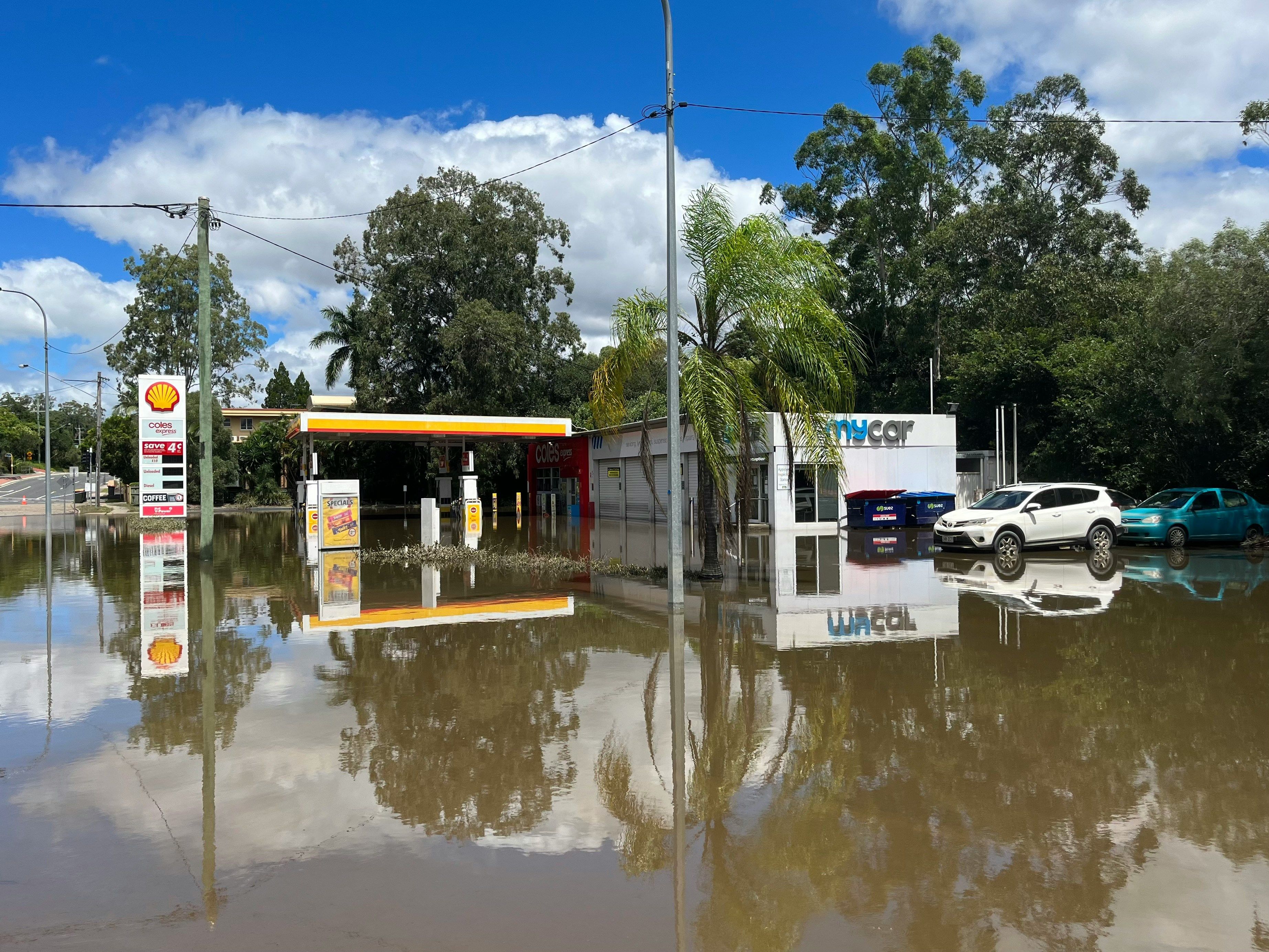
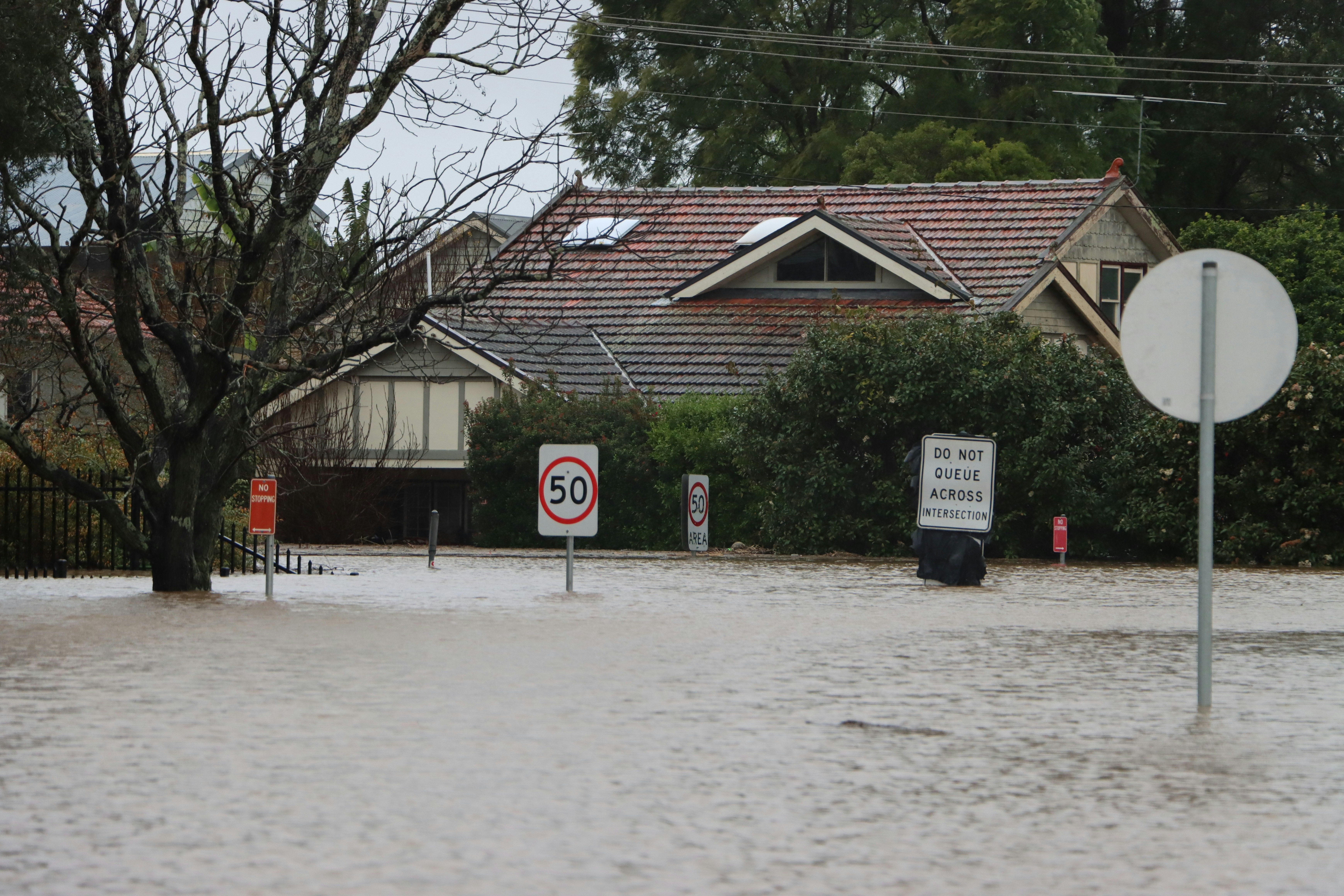
A compelling campaign message can inspire action. Use storytelling to connect emotionally with your audience. Share real-life examples, photos, or videos to highlight the urgency of the situation and the difference donors can make. Focus on the tangible outcomes of their contributions. For example: “Your donation of $50 provides three days of food for a family displaced by floods.”
Define clear, achievable goals that reflect the scope of the disaster and the resources needed. For example, raising $50,000 might help rebuild a community centre or provide food supplies for 500 families. Break these goals into smaller milestones to keep the campaign momentum high.
Digital platforms simplify the fundraising process and extend your reach. Use tools like customisable microsites to centralise your campaign and make donating seamless. Platforms with real-time updates and progress bars can motivate donors to contribute. Consider integrating these tools with social media for broader engagement.

Stories bring campaigns to life. Highlight the struggles of affected individuals and the potential impact of relief efforts. Use video testimonials from community members or volunteers to deepen the emotional connection. Combining these narratives with high-quality visuals strengthens the appeal of your campaign.
Mobilising local and online communities can amplify your campaign’s reach. Encourage supporters to share your campaign on social media, host fundraising events, or form teams to promote the initiative. Grassroots involvement not only increases visibility but also instills a sense of ownership among participants.
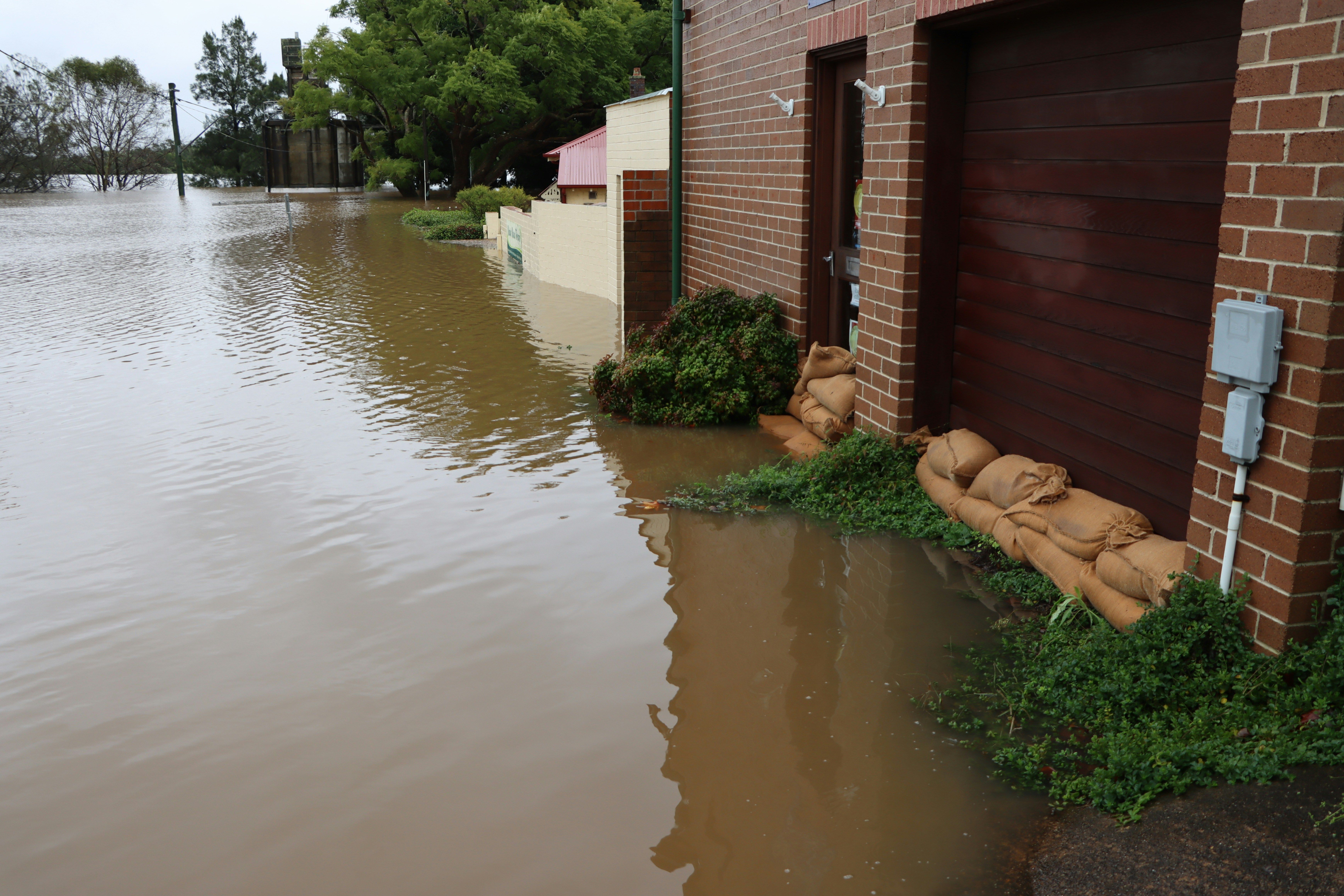
Transparency is essential to building donor trust. Regularly update supporters on the progress of your campaign, including how funds are being allocated and their impact. Share financial reports and summaries of relief activities to provide accountability.
After the campaign, share detailed reports on how the donations were used. This could include testimonials, photos, or metrics showcasing the difference made by their contributions. A transparent approach encourages ongoing support and positions your fund as credible.
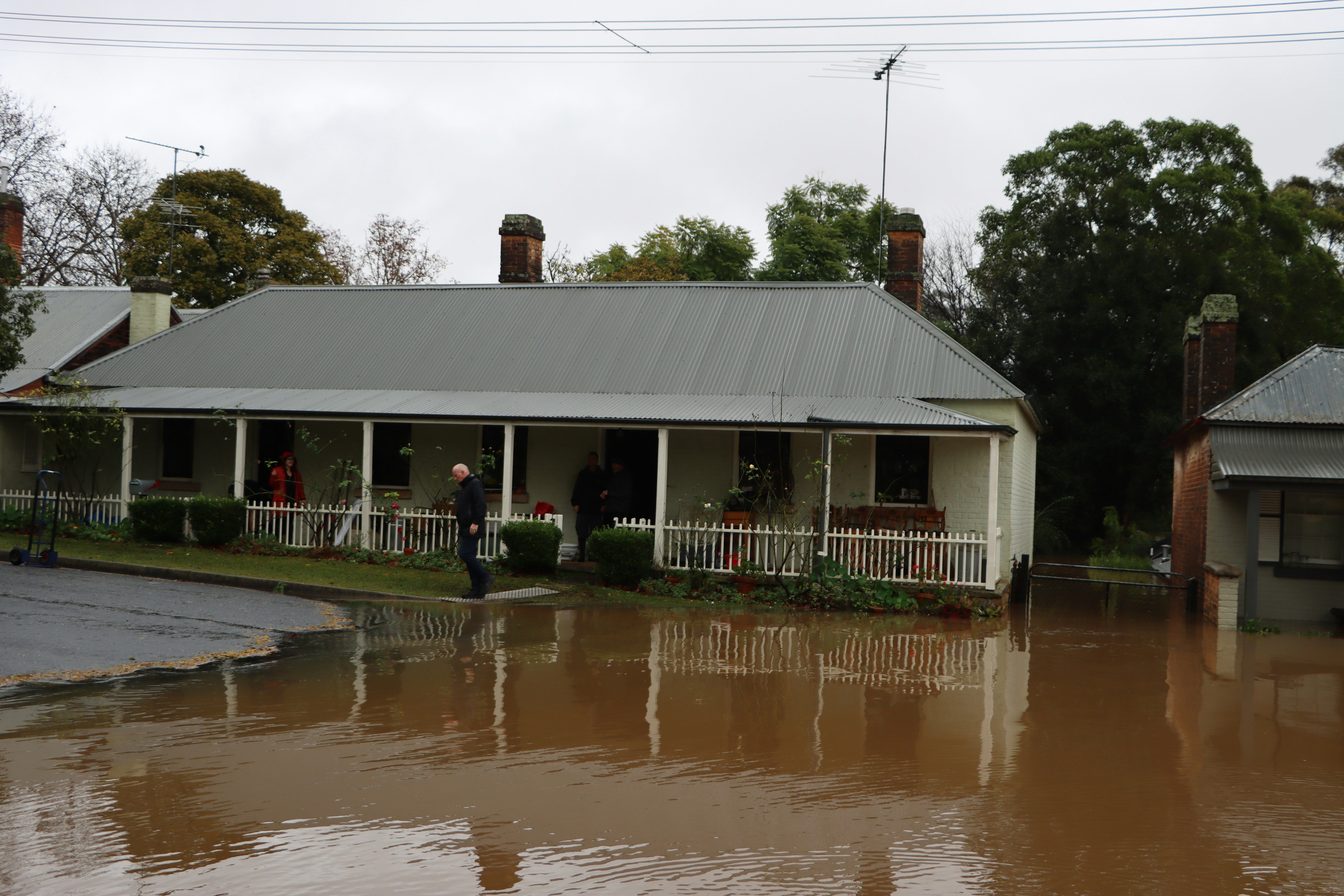
Not all support needs to be monetary. In-kind donations such as food, clothing, or medical supplies can fill critical gaps. Similarly, volunteering—whether through skilled efforts like construction or general aid such as food distribution—offers hands-on support to affected communities.
Collaborate with local charities and community groups to ensure your efforts align with on-ground needs. Partnerships can increase your impact and provide credibility to your campaign. Additionally, working with local entities fosters long-term relationships that can be invaluable in future relief efforts.
Launching a disaster relief fund in Australia is a powerful way to support communities in need. By planning strategically, engaging donors effectively, and maintaining transparency, your fund can make a significant difference in recovery efforts. Together, we can empower communities to rebuild and thrive after disasters.
The best way to support disaster relief is by contributing to credible relief funds, offering in-kind donations, or volunteering your time. Research the organisations you’re supporting to ensure they effectively address the needs of affected communities.
To ensure your relief fund is effective, define clear objectives, collaborate with reliable partners, and maintain transparency. Use secure platforms to manage donations and share regular updates with your supporters.
Supporting disaster relief as a volunteer involves identifying opportunities where your skills and time can make a meaningful impact. Tasks may include distributing supplies, assisting in shelters, or providing professional services such as medical care or counselling.
Consider reaching out to local community groups engaged in relief efforts or organisations that specialise in arranging volunteer opportunities for individuals or teams. They can help connect you with initiatives that align with your skills and availability.
The best disaster relief charity depends on the specific disaster and location. Look for charities with a proven track record in disaster response, such as those that provide immediate aid and have transparent financial practices. Examples include organisations focused on Australian bushfire recovery or global disaster relief efforts.
Transparency builds trust and encourages ongoing support. It reassures donors that their contributions are being used responsibly and helps maintain the credibility of your relief fund.

Discover how five Australian charities are restoring land and lives for World Environment Day. Learn how your workplace can support them through giving and volunteering.
Read more
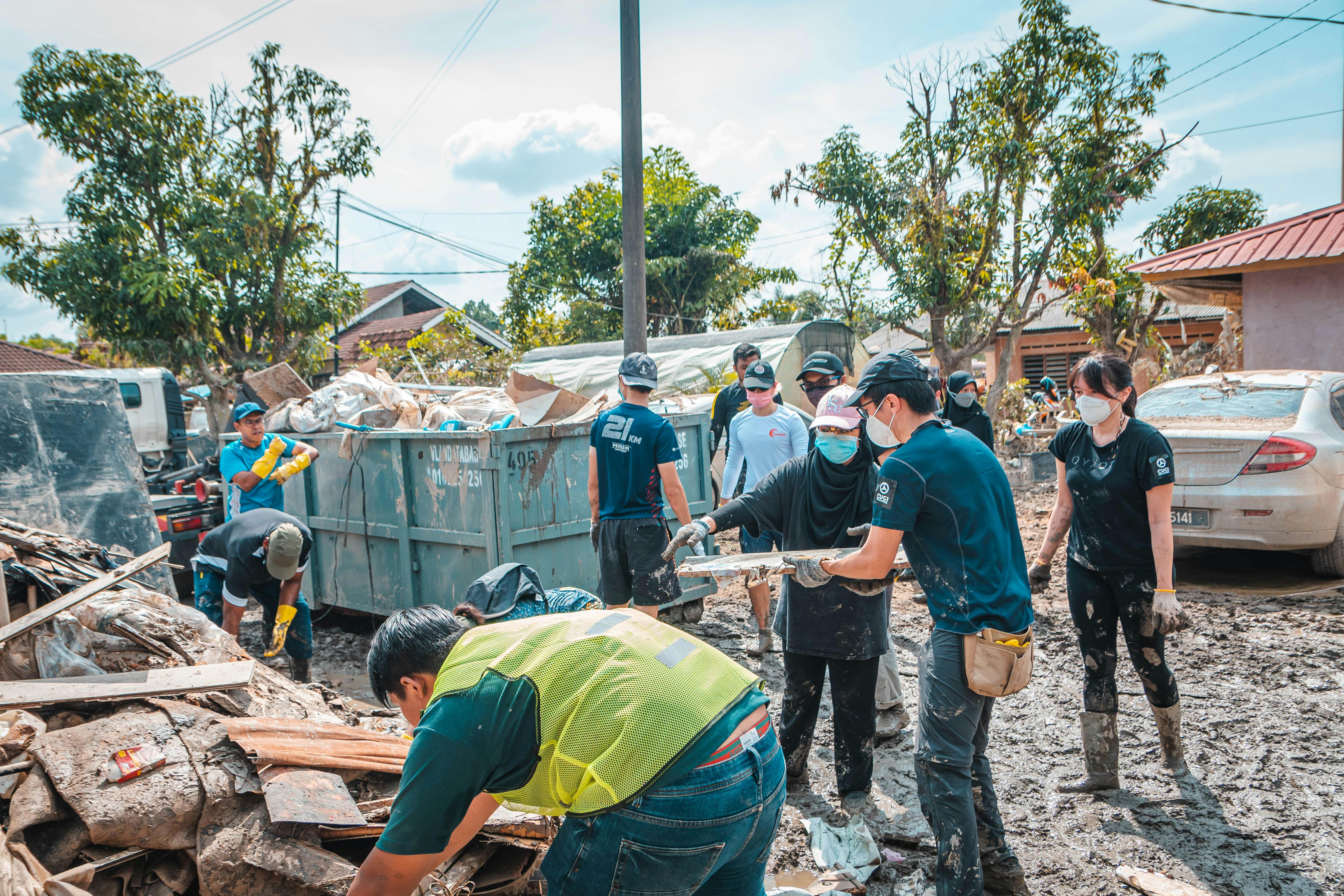
23 Jun 2025
Here's how your company can create meaningful impact through local community volunteer opportunities. Learn practical tips, benefits, and strategies to get started today.
Read more